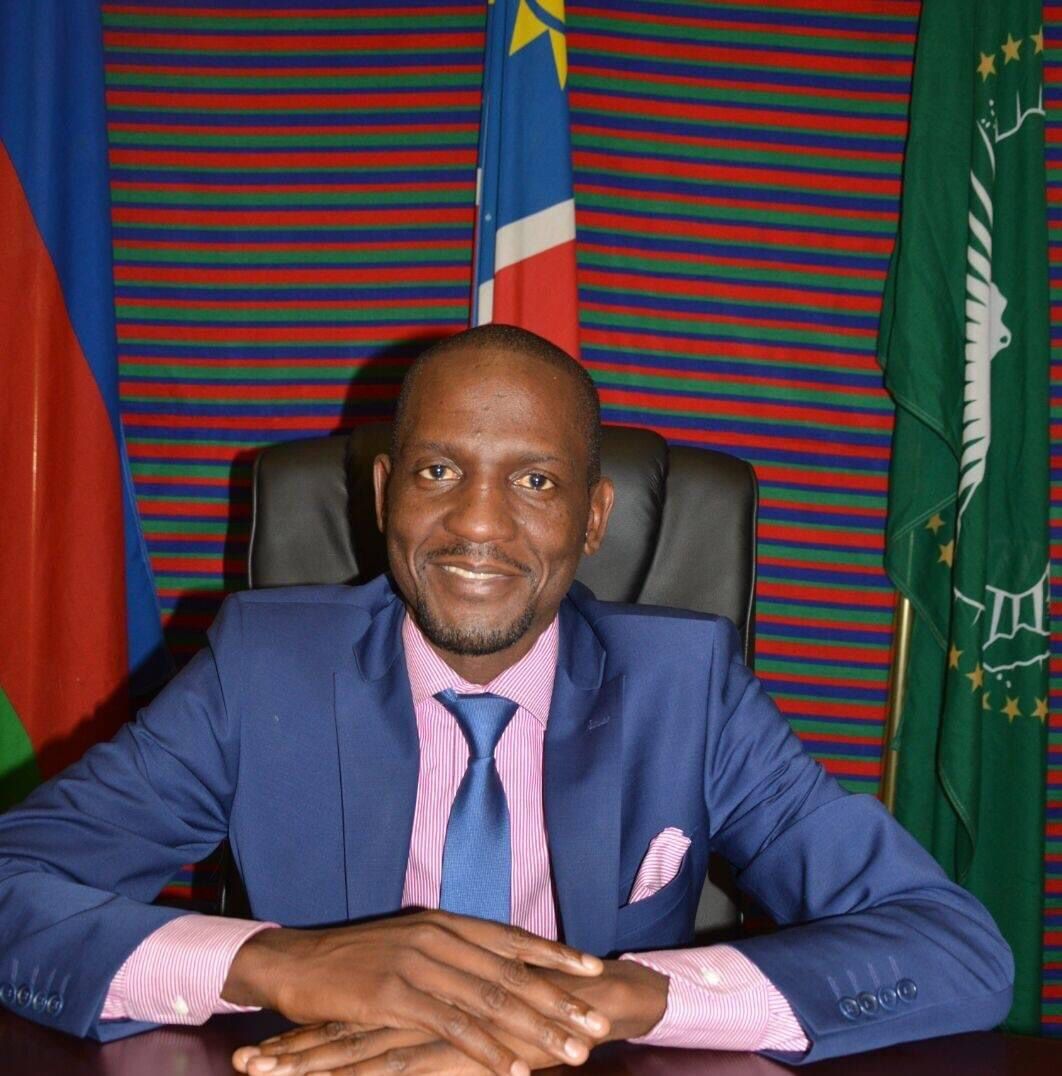Imelda Ambondo
The government’s immovable assets are now valued at more than N$47 billion, comprising 9,640 individual properties across the country, Minister of Works and Transport Veikko Nekundi told Parliament last week.
Nekundi said the figure reflects the total value of government-owned buildings, land, and infrastructure “recorded thus far,” noting that it changes continually as new assets are acquired and outdated ones are sold or decommissioned.
“Government assets are not static museum pieces; they constitute a dynamic portfolio. Assets are continuously being acquired to meet service delivery needs, while others are disposed of when they have outlived their utility,” he said.
According to Nekundi, the government operates a centralized digital asset management system that tracks properties such as land, houses, flats, clinics, prisons, hospitals, and schools.
“The system provides institutional capacity to monitor and manage assets and maintain accountability,” he said, adding that this platform allows the State to monitor and safeguard all public assets under its care.
While the centralized system manages immovable assets, Nekundi said each ministry maintains its own database for movable assets such as vehicles, equipment, and machinery, given the diversity of operations.
He explained that asset acquisition and disposal follow the Public Procurement Act of 2015, particularly Section 27, which sets out the procedures for government property transactions.
“This dual legislative framework ensures that both acquisition and disposal occur within clearly defined parameters, preventing improvident decisions regarding public assets,” Nekundi said.
No government property may be sold without a valuation approved by the Valuer-General, he said, ensuring that disposal prices reflect fair market value. Similarly, no property can be acquired without a proper valuation to prevent overpayment.
Nekundi dismissed claims that the government’s asset register is missing, saying it is maintained through a Uniform Stock Control System integrated into the Public Financial Management framework.
He said annual stocktaking exercises are conducted across all offices, ministries, and agencies to verify the existence and condition of assets.
“This ensures the asset register reflects actual holdings rather than merely historical records,” he said. “We distinguish between what we think we have and what we actually have.”
Nekundi added that although the system is robust, improvements are ongoing to strengthen transparency and modernise public asset management.
“Effective stewardship of public resources is not a destination but an ongoing journey,” he said.

COMMENTS